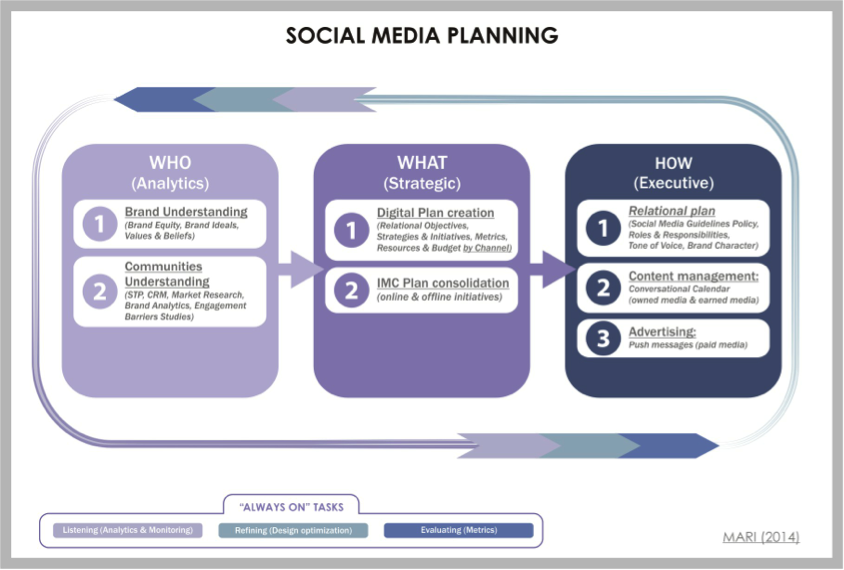Branding and marketing problems in China
Beijing Review: Building a brand is not an easy job. As brand awareness and preference are growing quickly in China, advertising is considered as a useful tool to branding. What is the relationship between branding and advertising?
Philip Kotler: The most powerful way to build a brand is not through advertising but through word-of-mouth carried by satisfied customers. A brand is built by performance, not advertising.
Advertising can only make you aware and possibly interested but it is the trial and fulfillment of created expectations that count most. Yes, some money needs to be spent on advertising to start the ball rolling. But choosing the right messages in the right media with the right tools is critical. Half the money spent on advertising is still wasted.
Let's take Coca Cola as a case study. As the world's No.1 soft drink producer, almost everybody on the earth knows it. Does it still need advertising?
I think Coca Cola overspends and says very little that is new. They are riding on the belief that high share of voice creates high share of mind and high share of heart and high share of market and profits. When sufficient competitors come along who offer the same taste for half the price, I don't see where Coca Cola will continue to sell, especially to the growing number of cost conscious consumers. Coca Cola is in the business of selling an image but every image is vulnerable. The more that Coca Cola spends on image advertising, the more they will have to charge to recoup its investment. Coca Cola realizes this and is now engaged in communicating with consumers in new ways, through ads in movie theatres, through web pages, and through developing a presence in young people's social centers.
Another case study is a comparison between two top brands in China and the U.S. respectively-electronic giant Haier and mobile producer Motorola. For Haier, branding is a mass promotional campaign-putting Haier on everyone's lips. For Motorola, branding is a strategic campaign to build perceived value and brand preference in selected target segments. In other words, Haier is tactical and Motorola is strategic. In your opinion, which one is smarter in branding and marketing?
Haier and Motorola are pursuing different markets. Haier wants everyone to buy the Haier brand and uses low price and high promotion to achieve a large share. Motorola is focusing on more affluent consumers who want higher quality and will pay for it. Haier could not succeed in the affluent market; and Motorola doesn't want to move down to the mass market. The companies have different personalities and targets. Both can make money. The smartest companies will be expert at both strategy and tactics.
Malign competition seems a headache in China. Whenever there is a good idea, many people in the same industry will try to imitate. Thus, profits margin becomes smaller. What is your comment on that? Is there any remedy for that?
Any company that starts doing well will attract competitors. They will come in with a lower price. The company needs to either lower its prices or raise its investment in product improvement and brand building. I prefer maintaining the price and improving the value offering. The main caution is that a successful company must not become complacent and do nothing. Then it will be too late.



Comments